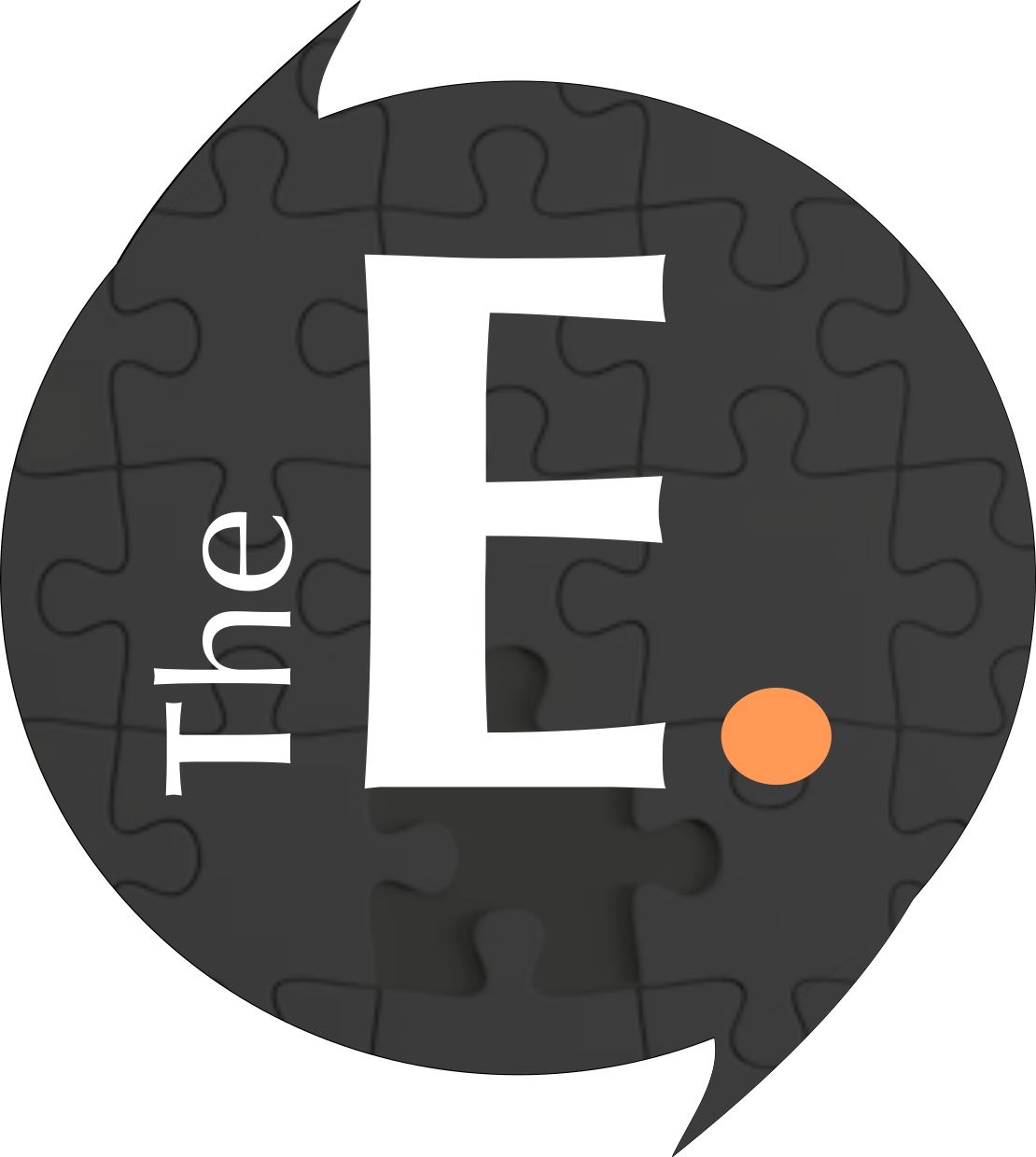The story of Frontiers for Young Minds- Science for kids, reviewed by kids
Eisha Mhatre
As science communicators, we are all striving to make science more accessible and comprehensible. Here is a story of Frontiers for Young Minds (FYM) a kids’ science journal that is amazingly bridging the gap between scientists and the next-gen. Laura Henderson and Will Savage take us through their pursuit of engaging kids in science to help scientists find creative ways to explain their research.
The concept
The journal started in 2014, allows scientists to explain their science in the most basic way possible and lets kids aged 8-15 determine its accessibility by acting as peer reviewers for the audience. The aim is to inspire and engage young minds in the scientific breakthroughs of today. Their participation in the communication process helps them understand where the science is headed, learn to think critically and ask the right questions. There is also the editorial board that serves as mentors. These trained mentors working from 64 countries, connect with kids directly, explain the science and guide them through the reviewing process. This way children from any part of the world with an internet browser can become young peer reviewers for FYM.
FYM young peer-reviewed articles. Head to their dashboard to read further.
How did it all begin?
The idea came from Prof. Robert Knight, a neuroscientist at UC Berkeley who told Henry Markram, co-founder of Frontiers his concern that there wasn’t a good medium to communicate science to kids effectively. Along came Prof. Idan Segev, also a neuroscientist at the Hebrew University of Jerusalem, with his expertise on creative ways to stimulate the brain and helped conceptualize the journal. Frontiers for Young Minds then started with the neuroscience section and then slowly expanded to cover the whole of STEM with topics such as Astronomy and Physics, Psychology, Biodiversity, Mathematics and Economics, Earth Sciences, Chemistry and Materials, and Human Health. Soon articles from another category- Engineering and Technology - will be featured in the journal.
Pairing Mentors and Kids
The mentors give kids an insight into how the scientific validation of information is conducted in the world so that ultimately kids know which resources to trust and learn to form their own opinions. These mentors are active researchers, usually doctoral or post-doctoral scientists. “Mentors can pair with kids they know, or approach schools or teachers to find young peer reviewers in classrooms or external settings. After the reviews, the authors consider the comments, just like an actual scientific publishing process. We then publish the kids’ first names and an avatar essentially to credit them on the papers so that everybody knows the process”, explains Laura who is the head of the program and the public outreach manager for the journal.
Currently, the journal’s co-chief editor, Bob Knight, is based in Berkeley and has created a very strong editorial network of associate editors in the USA, who handle the peer review, while his co-Chief Idan Segev has founded a Hebrew version of the journal as well as founding the Nobel Collection featuring all Nobel Prize winners as authors. With the introduction of new topics, more editors from all over the world are being looped in to make sure there are representatives of Europe, Asia, and the rest of the world as well.
Global map of FYM current and future establishments. Source: FYM
Current challenges
To ensure worldwide participation, Laura and her team are working towards approaching regional schools. Will, the journal manager adds, “Ultimately, we would like to develop a content structure, that is more easily usable in a classroom so that we can encourage school-level participation. We can then get those schools on board where the teachers become the associated science mentors.”
We asked if having children as reviewers make the reviewing process more blunt or rewarding in any way. “If you've been around kids, you know they're hilarious. We find them very curious and frank in giving their comments. For instance, the kids point towards what they like or parts where they got a bit bored. It is often a learning process for authors to understand how young minds perceive their science and to make it more relatable. In return, authors are learning how to communicate their work efficiently. We tell authors, forget that mystical Reviewer 3 - if you can get these kids to approve your paper, you can talk to anyone”, explains Laura.
Future works
The language of science is predominantly English even though it isn’t that widely spoken in many populated countries in the world. Will says FYM is recognizing this and is working with their regional partners to help with translations. He adds, “In Israel where the bilingual culture is very strong, there is a massive hunger for English content as much as Hebrew. In contrast, Arabic-speaking regions don’t care for English so much. So since 2021, we started translating our content in Arabic and already have over two million views and downloads for those.”
This year they have added a new team member in China and will soon begin translating their articles into Mandarin. They aim to translate their content into more languages – French is next to launch within 2023, and Spanish is to be developed after that. Ultimately, kids would be able to review papers in their local language and provide a nuance to discuss science.
FYM at Dubai Expo 2022. Also check out their video from the Expo 2022
The FYM team received recognition as a Winner in the Science Engagement category last November at the Falling Walls Science summit in Berlin.
Laura Henderson speaking at Falling Walls Science Summit
With more awards and newer initiatives in place, FYM is heading to a great start this year. If you are a researcher, take a chance and get your next article young peer-reviewed and published in FYM.
This is a science outreach article. To collaborate or get featured get in touch.



